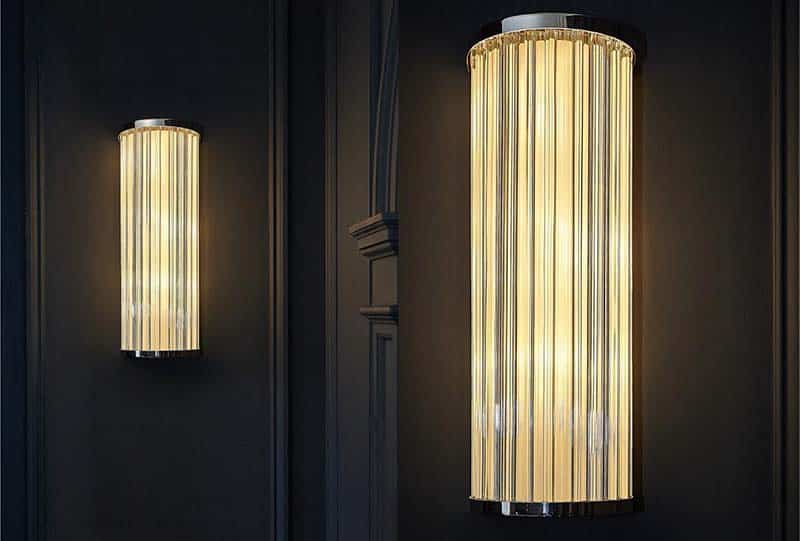Last Updated on March 26, 2021 by Gino Borghese
Art Deco is a term that’s used often, but do you really know what it is and what style it refers to? Most of us can immediately recognise this style of art but with so many different variations, it can become complicated to nail it down precisely. Art Deco is said to be a combination of many different styles, influenced by numerous materials, shapes, national culture and influences. Here we look at the definite characteristics that makes something truly art deco, whether it’s art, furniture or architecture.
Art Deco Style
Art Deco was one of the most influential styles of the first part of the 20th century. It was born in France during the 1920s, taking its name from the 1925 Exposition Internationale des Artes Decoratifs et Industriels Modernes. It became hugely popular right across the world, affecting anything from fashion and decorative arts to architecture and film-making. The movement enjoyed its heyday between the two World Wars but wasn’t recognised as a movement until the 1960s. After the horrors of the First World War, the Art Deco designs were all about optimism, looking to the future, modernism and progress.
Art Deco focused on the future but drew much of its inspiration from the past. It drew on aspects of Cubism, for its use of geometry and the abstract in its design. It was also influenced by such movements as Avant-Garde and Constructivism. There was also a greater focus on cultural elements in designs, producing more exotic art and fashion including motifs from Asia, Egypt and Africa. This makes Art Deco the first truly global decorative style. For your own piece of Art Deco style, consider designer lighting by Rocco Borghese.
Art Deco or Art Nouveau?
The difference between Art Deco and Art Nouveau is the way in which each movement treated lines and shapes. Art Deco was heavily influenced by modernisation and technical progress, using bold, vibrant patterns in a wide range of new materials such as aluminium and plastic. Art Nouveau, on the other hand, focused more on the natural world, producing curvy items made from natural materials and inspired by plants, flowers and animals.
The Art Deco movement was widespread, being used in interior design, architecture, fashion and furniture design more so than in painting or sculpture. During the interwar period, Art Deco style was used a great deal in architecture, many examples of which are seen today in the U.S. Examples of these include the Chrysler Building and Rockefeller Center.
Art Deco remains a popular design choice since it enjoyed a renaissance during the 1960s. It is a style that speaks to all cultures across the globe and the primary materials used are well suited to mass production. This coincided with the rise of consumer culture during the 1960s, making Art Deco pieces a common sight. They remain popular to this day, with many foundations working on restoration and preservation of Art Deco architecture built during the golden era of this design movement.
If you are an Art Deco enthusiast the see more in our bespoke lighting and wall sconces
